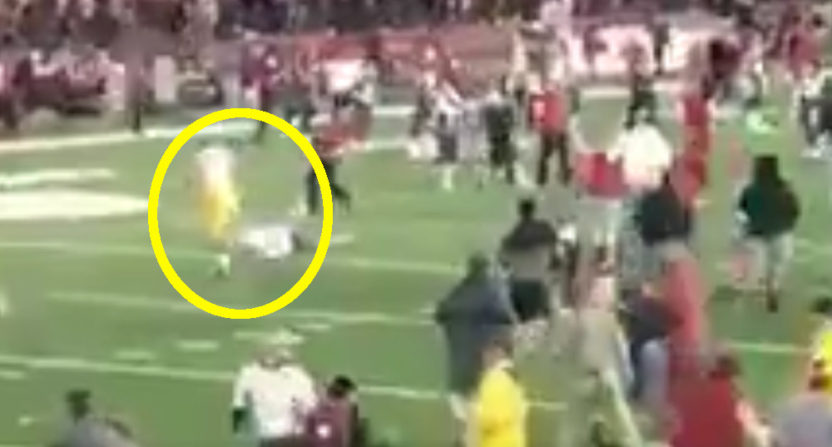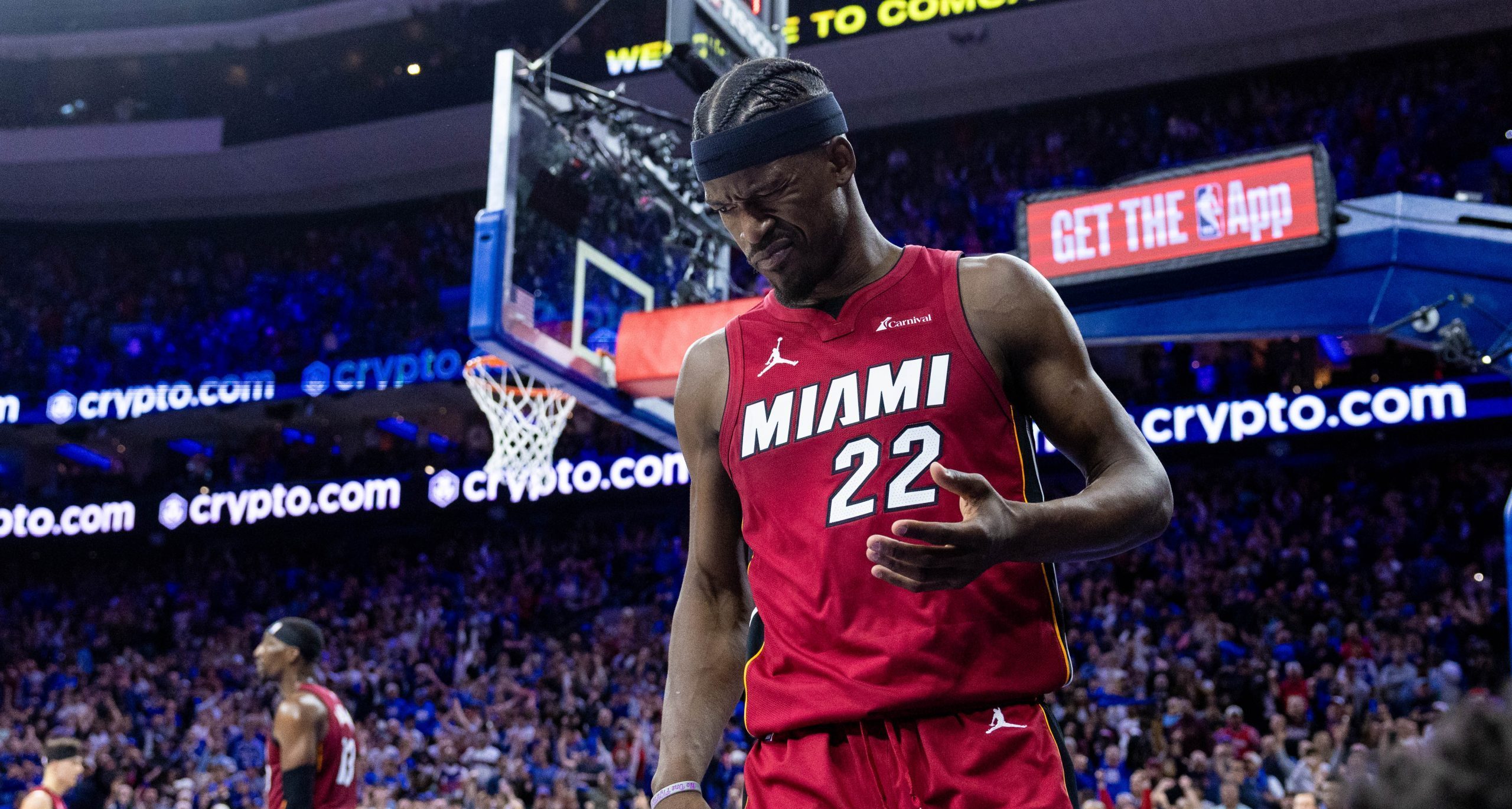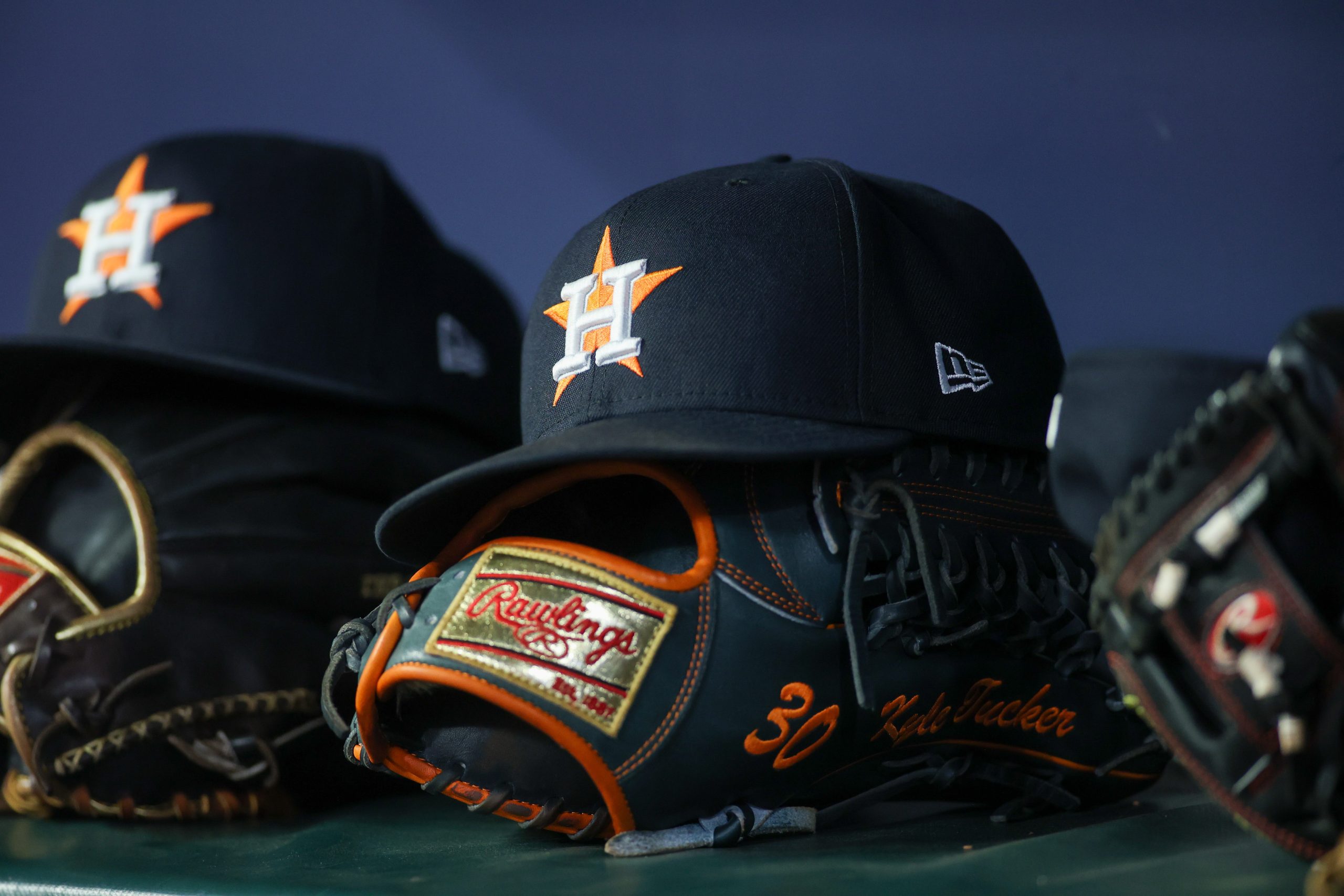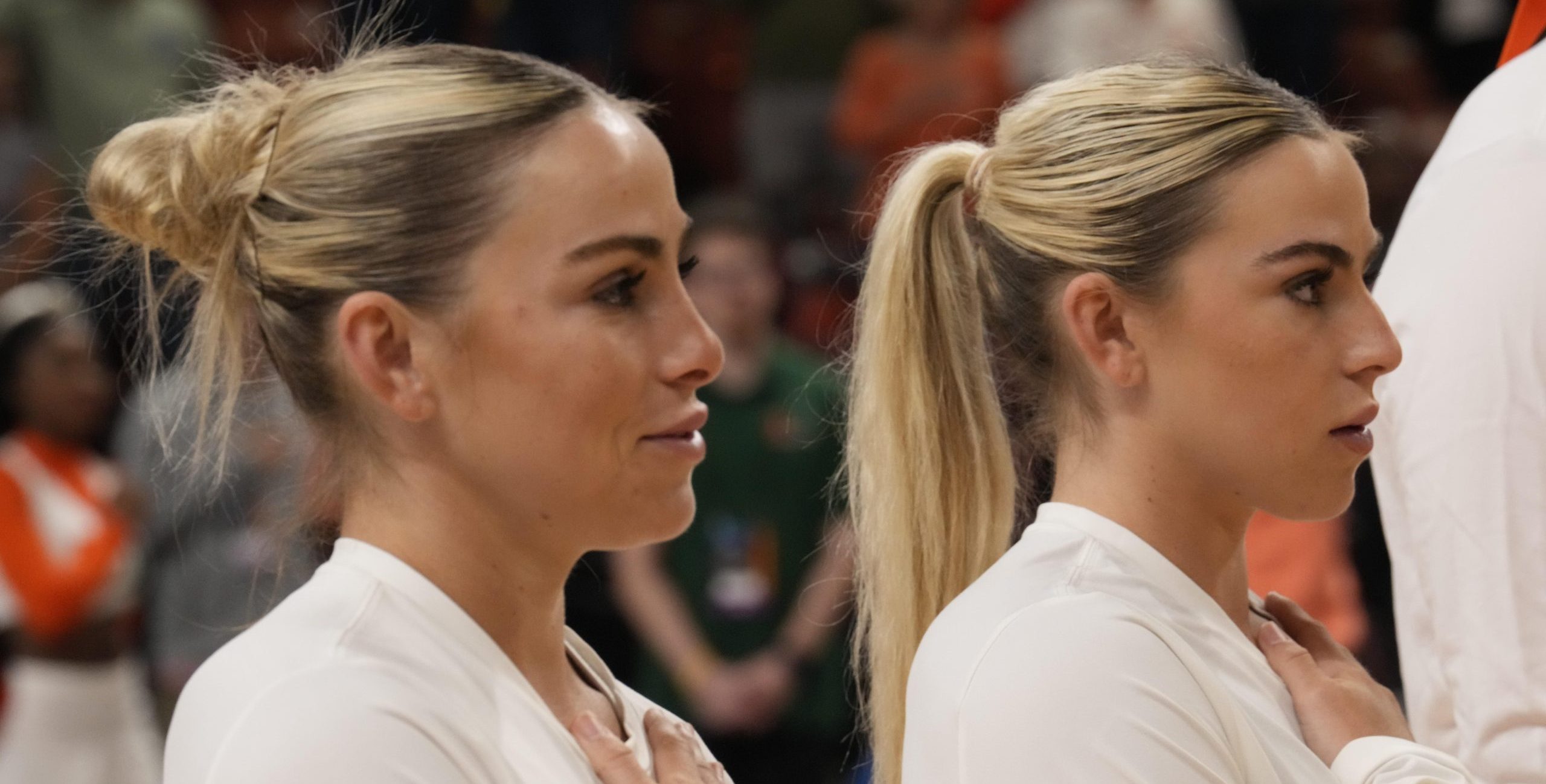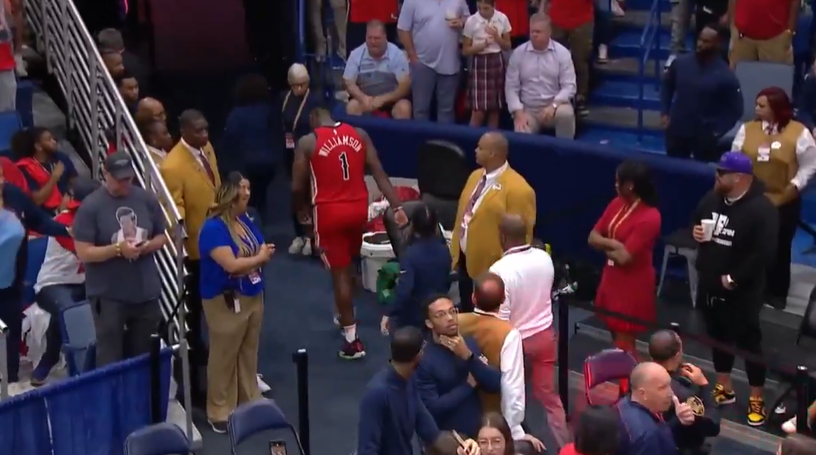Fans storming the field after a huge win is a college football tradition, but it’s also one with some potential consequences. Some of those were on display Friday when a USC player delivered a huge hit on a Washington State fan who rushed the field following the Huskies’ upset of the Trojans:
Welp, video emerges of a USC player delivering huge hit on #Wazzu fan rushing field at Martin (David Smith/Facebook) #GoCougs pic.twitter.com/dspWmbrcyk
— COUGFANcom (@CougfanCOM) October 2, 2017
The player can’t be identified in the video, and USC coach Clay Helton said Tuesday that “internal discipline has been taken and it will remain in house,” so we may never know who delivered the hit. However, the Washington State police are reportedly investigating this as a possible assault, so perhaps it will come out that way. In any case, perhaps the larger takeaway is that this easily could happen more often, and that shows some of the dangers of rushing the field.
Storming the field has a long history, and it’s cool to see students and fans celebrating a big win with their team. But when you have a lot of opposing football players angry after a loss, and then they have to deal with exuberant fans getting in their way as they head to the locker room (and possibly making derogatory comments along the way), that may well lead to some clashes. Outright big hits like this one have historically been pretty rare, but that doesn’t mean they’ll always be so. Emotions are running high after a game like this, and it doesn’t feel that surprising that a college athlete decided to take out some of his frustrations at the loss on one of the opposing fans who flooded the field.
That’s far from the only peril, too. Stadiums generally don’t have easy access from the stands to the field, which is somewhat to limit these kinds of field invasions, so those storming the field are often jumping down over railings. And that’s to say nothing of the injuries that can arise from crowds and sudden movement in the first place. 13 people were injured (two critically) when Oklahoma State fans stormed the field after beating Oklahoma in 2011, while at least three USC fans were taken to hospital after a 2013 field-storming against Stanford. That’s before you get to issues like taking down goal posts, which left one Ball State student a paraplegic in 2001. And there have long been plenty of problematic court-storming situations in basketball, including the 2015 Iowa State one that broke a journalist’s leg, the 2015 Kansas State one that saw numerous physical player-fan confrontations, and the 2004 Tucson High one that left a player paralyzed.
None of that’s necessarily a call to ban all field- or court-storming, if such a thing was even possible. It’s cool to see exuberance from fans rushing the field after a giant upset. And it leads to some great moments, such as WSU coach Mike Leach describing the scene with “It’s like Woodstock, except everybody’s got their clothes on”:
Mike Leach is an American Treasure. pic.twitter.com/4Ashs2r4KH
— SportsCenter (@SportsCenter) September 30, 2017
But there’s a reason that conferences have implemented significant fines for field- or court-storming. It’s a practice they can’t approve because of the risks (especially from a litigation standpoint), and putting in fines at least perhaps helps lower the numbers of field-storming situations; at the least, schools are incentivized to tell students not to do this. And incidents like this USC one help show what else can go wrong; if fans are on the field and in the opposing team’s way, it’s certainly far from inconceivable that they could be hit and hit hard, which is dangerous enough against a fully-padded opponent expecting it. It’s far more dangerous for a fan.
What’s the solution? There isn’t necessarily an easy one. It seems highly unlikely field-storming will ever completely leave college athletics, barring a massive tragedy, and trying to totally eliminate it at this point feels futile. But schools can educate both their students and their players on the inherent dangers of field-storming well before games, and not just with a “field-storming gets a fine, so it will never happen” approach. Schools could be proactive in informing students of the dangers of field-storming, and in finding ways to mitigate risk if field-storming happens without condoning the behavior. And it probably would be even more helpful to tell football players “Fans are completely off-limits, even if they’re in your face” (and USC’s “internal” discipline doesn’t exactly help there; it should be very clear to everyone that this player’s actions weren’t acceptable and deserved punishment).
At any rate, the most surprising element of this USC situation may be that it hasn’t happened more before. Putting a bunch of fans in close proximity to a bunch of angry and upset opposing football players feels like a recipe for disaster. And that’s something that everyone involved should be considering and looking for ways to avoid.

